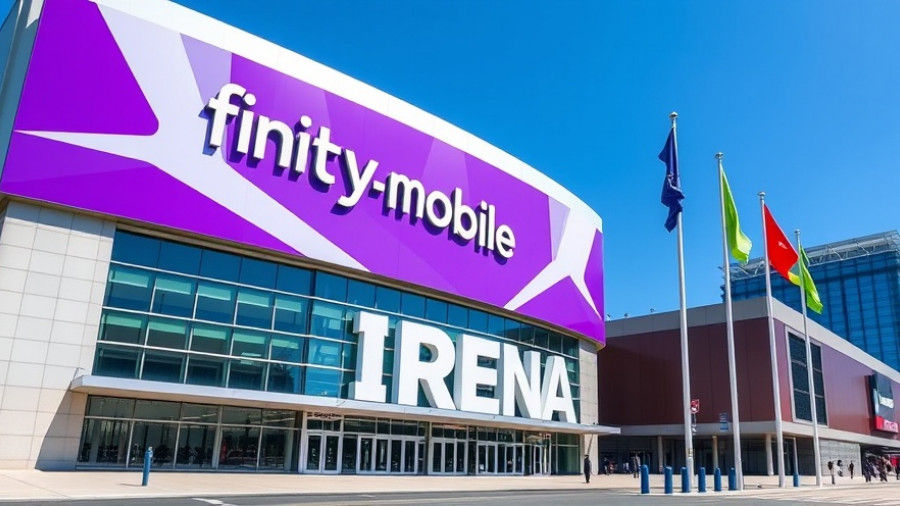
Challenges Faced by Immigrant Construction Workers
In recent years, the spotlight has shone on the plight of immigrant construction workers, a crucial labor force contributing to the United States' infrastructure and economy. Yet, these professionals face numerous challenges that can impede not only their productivity but also the overall health of the construction industry. Issues like language barriers, lack of efficient communication protocols, and inadequate safety measures plague the sector, making it essential for stakeholders to reevaluate their practices to ensure a safe, efficient, and equitable environment.
Historical Context: The Role of Immigrant Labor in Construction
Historically, immigrant workers have been the backbone of America's construction workforce. From Irish laborers in the 19th century to the current influx of workers from Latin America and beyond, immigration has always been intertwined with the evolution of the construction landscape. This historical context not only highlights the necessity of immigrant labor but also serves as a reminder of the socio-economic contributions these individuals have made to urban development and infrastructure advancements.
Impact of Recent Policies on Project Efficiency
Recent immigration policies have led to increasing scrutiny and challenges for companies employing immigrant workers. Not only do these policies create uncertainty for the workforce, but they can also disrupt project schedules and increase costs. Companies must address how these external pressures affect project timelines and efficiency, including choosing to invest in training programs that promote safety and integration within diverse teams.
Innovative Approaches: Enhancing Inclusivity in the Workplace
To effectively navigate these challenges, construction companies may want to consider adopting innovative practices that promote inclusivity and security for all workers. For instance, technology can play a pivotal role in breaking down language barriers, such as integrating translation apps into job sites to facilitate clearer communication. Moreover, establishing mentorship programs not only empowers immigrant workers but also fosters a culture of safety and productivity.
Future Predictions: The Changing Landscape of Construction Labor
Looking ahead, the landscape of construction labor may continue evolving alongside social and political changes. As the labor force becomes increasingly diverse, businesses that prioritize inclusivity will likely see improved employee retention, satisfaction, and ultimately, project outcomes. Companies must adapt their practices accordingly to remain competitive and ensure that they attract a skilled workforce.
The Bottom Line: Valuing and Protecting Immigrant Contributions to Construction
As we navigate the future of construction, it becomes clear that valuing and protecting the rights of immigrant workers should be a top priority for all stakeholders involved. Beyond simply complying with regulations, companies should actively promote a work environment that champions diversity and addresses the unique challenges faced by immigrant laborers. Doing so can lead to enhanced project efficiency, an uplifted workforce, and contribute positively to the broader community.
If you want to contribute to creating a more inclusive and effective construction industry, consider advocating for policies that support immigrant workers and implementing solutions that foster equitable work environments. Together, we can ensure that all workers, regardless of their background, feel valued and are integral to the success of ongoing and future construction projects.
 Add Row
Add Row  Add
Add 




Write A Comment